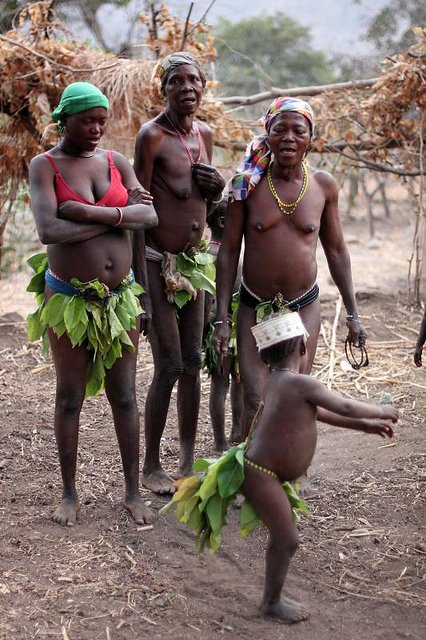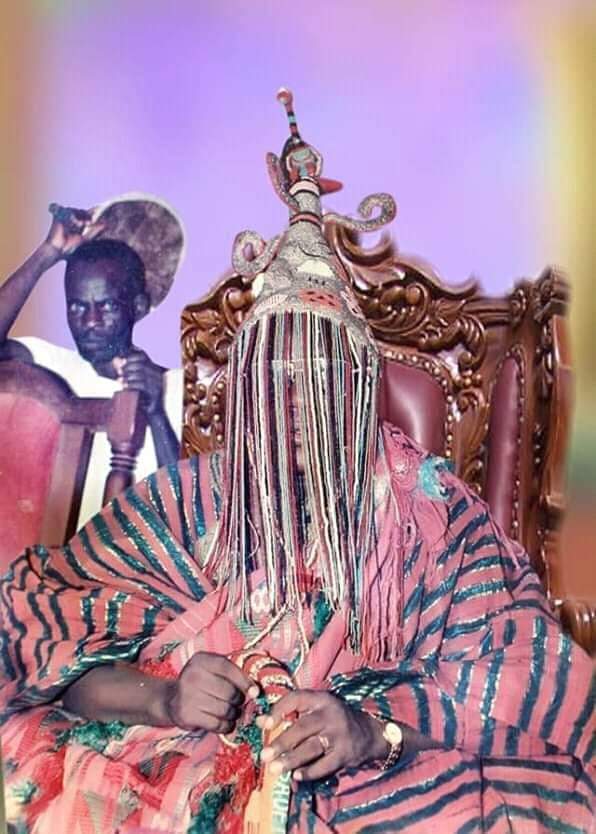There are 34 Yoruba Obas in Benin Republic. Also, Yoruba people constitute about one-quarter of the total population of the country.
Ketu is a historical region in what is now the Republic of Benin, in the area of the town of Kétou (Ketu). It is one of the oldest capitals of the Yoruba-speaking people, tracing its establishment to a settlement founded by a descendant of Oduduwa, also known as Odudua, Oòdua and Eleduwa. The regents of the town were traditionally styled "Alaketu", and are related directly to Ile-ife in present-day Nigeria.
Ketu is one of the sixteen original kingdoms established by the children of Oduduwa in Oyo mythic history, though this ancient pedigree has been somewhat neglected in contemporary Yoruba historical research, which tends to focus on communities within Nigeria. The exact status of Ketu within the Oyo empire however is contested. Oyo sources claim Ketu as a dependency with claims that the Ketu paid an annual tribute and that its ruler attended the Bere festival in Oyo. In any case, there is no doubt that Ketu and Oyo maintained friendly relations largely due to their historical, linguistic, cultural and ethnic ties.
The kingdom was one of the main enemies of the ascendant kingdom of Dahomey, often fighting against Dahomeans as part of Oyo's imperial forces, but ultimately succumbing to the Fon in the 1880s as the kingdom was ravaged. Many of Ketu's citizens were sold into slavery during these raids, which accounts for the kingdom's importance in Brazilian Candomblé. Ketu is often known as Queto in Portuguese orthography.
The Yoruba, according to the CIA World Factbook, are one of the largest ethnic groups in Africa, with its 2013 estimation that put the number of the people at 40 million, or 21% of Nigeria’s total population. And outside of Nigeria, ethnically diverse Benin Republic is the country with the largest number of Yoruba going by the 2016 projection of the National Statistical Institute of Benin, that states “15% of a projected 2017 Beninois population of 11.34 million would be Yoruba-speaking groups.” The numerical translation of that percentage is 1.70million people who can be found in the Yoruba towns like Porto Novo, Ketou, Pobe, Ajawere, Sabe, Onigbolo and other places.
The differences in the intonations of the Benin Yoruba and this is because of the influences other languages like Egun, spoken in Benin have on the Yoruba language. This, he added, leaves the Benin Yoruba speaker with pitch production unlike the Nigeria Yoruba speaker.
This was confirmed by Chabi, a curator at Museé Ethnographique de Porto Novo. The museum harbors all sorts of ancient fetishes associated with the Yoruba, costumes and musical instruments from the different cultures that can be seen around. Chabi, in explaining how the Benin Yoruba language became ‘corrupted’, first traced the history of the peoples of the country as it is presently made up. According to Chabi, Benin Republic is a conglomerate of cultures and traditions from other lands.
The link of some Nigerian Yoruba towns with the geographical space known today as Benin Republic dates back to ages with immigrants from these towns said to be the original settlers of such towns. Chabi, the curator at Museé Ethnographique de Porto Novo, told South West that the forebears of Save came from Abeokuta, Oyo and Ile-Ife. In actual fact, he added that the country’s name ‘Benin’ was adopted by former President Mathieu Kerekou, from “Benin City, a small city in Nigeria, whose people were the first to settle in Dahomey [Benin Republic’s former name]”. Another account, however, claims it was named after the Bight of Benin, a bight in the Gulf of Guinea area on the west African coast.
Source:
Wikipedia
In Benin Republic, Yoruba Language, Lore Take Centre Stage
THE SOUTH WEST
By Wale Emosu On Oct 3, 2017
Tribuneonlineng








0 Comments